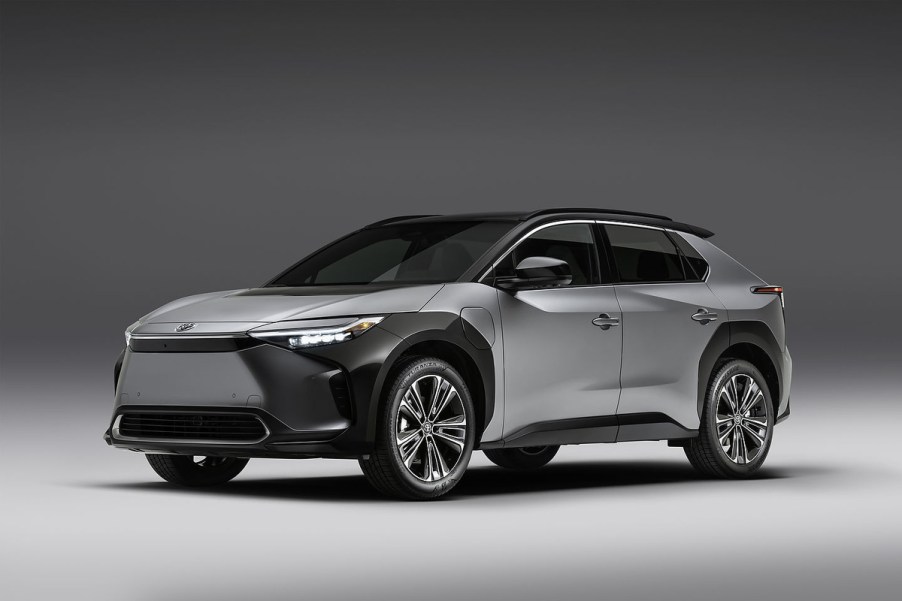
No Buyers: EVs Jamming Dealerships with 3- and 4-Month Supplies
The latest numbers for the first half of 2023 tell us that Tesla is moving the EV iron, but they also tell us that many of the startup and legacy automakers are not. Things seem unusually quiet for EV sales. The predictions for 2023 and rising EV numbers seem like they’re from Mars. So what we must presume is that Tesla, by far, accounts for those increasing overall EV sales. Here’s what the numbers are.
Many of the electric vehicles promised are now here, but where are the buyers? Overall sales make up 6.5% of all brands sold in the U.S. Several automotive consumer sites, including Cox, say this is the year we’ll jump past one million EV sales. Cox also says over 50% of consumers in 2023 are considering either a new or used one.
If Tesla isn’t seeing backlogs, which EVs are?

So EV awareness, models, and apparently sales are all here, just not with legacy and startup manufacturers like Lucid, Hyundai, and Nissan. Other legacy brands, like Stellantis, offer none. Toyota has but one, the bZ4X.
This could have some effect as repeat customers have little to no electric choices at their favorite brand. And having an EV in the showroom fuels interest.
How backed up are new EVs at dealerships?

To give you an idea of the backlog, EV supplies are up 350% year-over-year. That amounts to 92,000 vehicles, which translates to a 92-day supply. A 45-day supply is optimal. And don’t forget that none of this applies to Tesla, which sells directly to customers.
Some of this backlog of electric vehicles is attributed to some models losing the U.S. tax credits based on American-made components and manufacturing. The Kia EV6, Hyundai Ioniq 5, and Nissan Ariya lost credits in April.
With supplies up and sales down, negotiation is your friend

Is it the old range anxiety excuse or the fact most are downright expensive? Both of these reasons are slowly running out of oxygen. Used EVs are showing up in greater numbers while the range keeps improving. Most see around 300 miles or more. Yet some, like the Mazda MX-30, have about a 100-mile range. But it is an outlier where at least 200-plus miles is the norm.
Whatever the case, the mounting EV supplies means there could be room to negotiate. With Tesla continuing to lower prices, it is yet another thorn in other automakers’ sides. It should be increasing affordability and interest. After all, when you want a vehicle but can’t afford it, then the price drops; there comes a point where the drop hits your affordability window. And again, there are used EVs coming off two- and three-year leases with under 35,000 miles.



